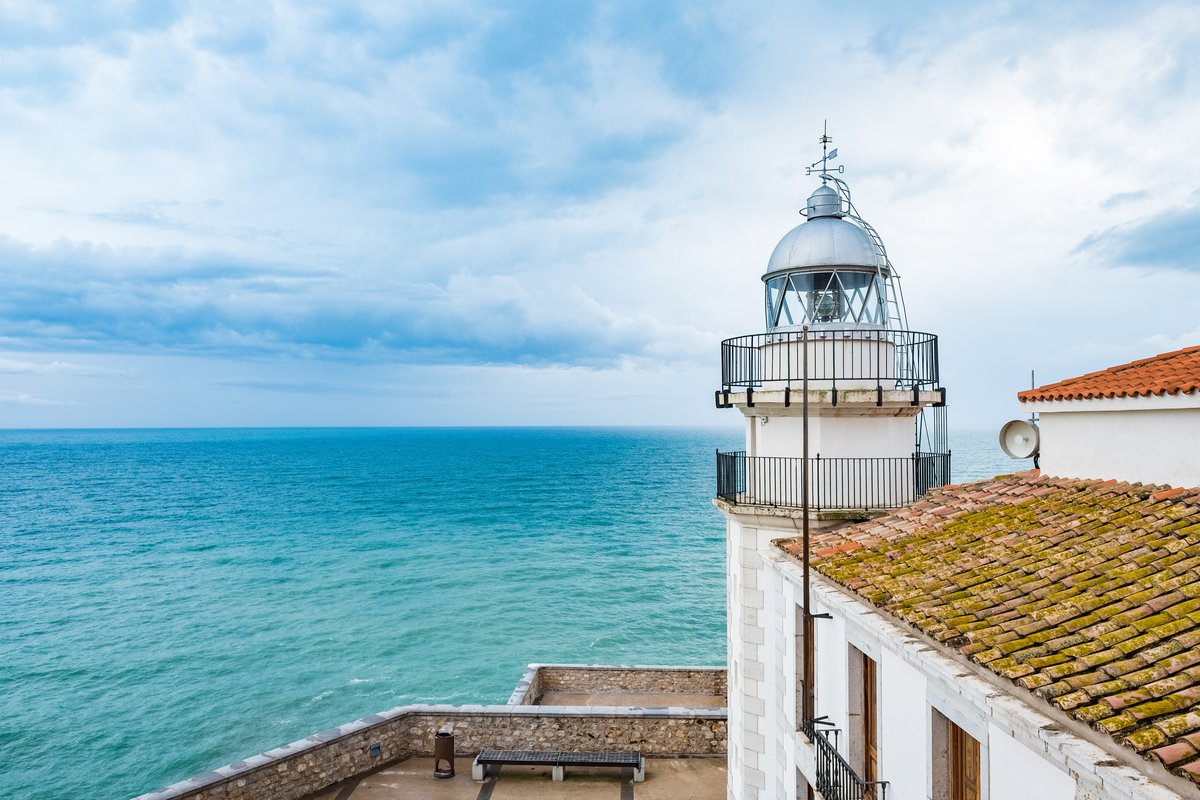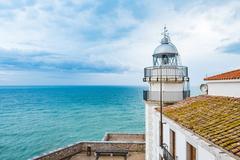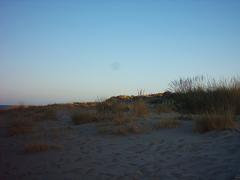
Comprehensive Guide to Visiting Castillo de Peñíscola, Peniscola, Spain
Date: 23/07/2024
Introduction
Nestled on a rocky promontory overlooking the Mediterranean Sea, Castillo de Peñíscola is a historical marvel that stands as a testament to Spain’s vibrant past. Constructed between 1294 and 1307 by the Knights Templar on the remnants of a Moorish fortress and an ancient Roman citadel, this fortress has served various significant roles throughout history. From its strategic military importance to its time as a papal residence during the Western Schism, Castillo de Peñíscola is deeply intertwined with the narratives of medieval and early modern Europe (Peñíscola Castle History).
The castle’s architecture reflects its diverse historical influences, featuring a blend of Romanesque, Gothic, and Renaissance styles. Its robust walls and strategic location made it nearly impregnable, symbolizing the military prowess and architectural ingenuity of its builders, the Knights Templar (Knights Templar). The castle also gained ecclesiastical significance when Pope Benedict XIII, also known as Antipope Benedict XIII, chose it as his headquarters during the Avignon Papacy (Official Website).
Today, Castillo de Peñíscola is not just a historical monument but also a cultural icon. It attracts visitors from around the world eager to explore its architectural marvels and historical significance. This comprehensive guide aims to provide you with all the essential information you need for a memorable visit, including opening hours, ticket prices, travel tips, nearby attractions, and more.
Table of Contents
- Introduction
- Early Beginnings and Construction
- The Knights Templar Era
- Papal Residence - The Avignon Papacy
- Visitor Information
- Nearby Attractions
- Special Events and Guided Tours
- Photographic Spots
- FAQ
- Conclusion
Early Beginnings and Construction
The origins of Castillo de Peñíscola date back to the 13th century when it was constructed by the Knights Templar between 1294 and 1307. The castle was built on the foundations of an earlier Moorish fortress, which itself was constructed on the remnants of an ancient Roman citadel. This strategic location on a rocky headland provided a natural defense, making it an ideal site for fortification (Peñíscola Castle History).
The Knights Templar Era
The Knights Templar, a medieval Christian military order, played a significant role in the castle’s early history. They were granted the land by King James I of Aragon as a reward for their assistance in the Reconquista, the Christian reconquest of the Iberian Peninsula from Muslim rule. The Templars’ influence is evident in the castle’s architecture, which features a blend of Romanesque and Gothic styles. The castle’s robust walls, towers, and battlements reflect the military prowess and architectural ingenuity of the Templars (Knights Templar).
Papal Residence - The Avignon Papacy
One of the most notable periods in the history of Castillo de Peñíscola was its role as a papal residence. In the early 15th century, during the Western Schism, Pope Benedict XIII, also known as Antipope Benedict XIII, took refuge in the castle. From 1411 to 1423, he used it as his headquarters, making it one of the few papal seats outside of Rome. This period added a layer of ecclesiastical significance to the castle’s history (Official Website).
Visitor Information
Visiting Hours
Castillo de Peñíscola is open to visitors year-round, with varying hours depending on the season:
- Summer (June to September): 9:30 AM - 9:30 PM
- Winter (October to May): 10:30 AM - 5:30 PM
Ticket Prices
- Adults: €5
- Children (4-15 years): €3
- Seniors (65+): €3
- Children under 4: Free
Travel Tips
- Best Time to Visit: Early morning or late afternoon to avoid crowds.
- Getting There: Accessible by car, train, or bus. Parking is available near the castle.
- Accessibility: The castle has some steep and uneven pathways, so comfortable footwear is recommended. Limited accessibility for those with mobility issues.
Nearby Attractions
Peñíscola Beach
A beautiful sandy beach perfect for relaxation and water activities.
Old Town
Quaint streets filled with shops, restaurants, and historic buildings.
Parque de Artillería
A garden area with excellent views of the sea and castle.
Special Events and Guided Tours
Castillo de Peñíscola hosts various special events throughout the year, including medieval fairs, historical reenactments, and cultural festivals. Guided tours are available in multiple languages, offering in-depth insights into the castle’s history and architecture. Check the official website for the latest schedule and booking information.
Photographic Spots
- Main Entrance: Capture the grandeur of the castle’s façade.
- Towers: Panoramic views of the Mediterranean Sea and surrounding areas.
- Courtyard: Picturesque setting with historical ambiance.
FAQ
Q: What are the visiting hours for Castillo de Peñíscola? A: Summer hours are from 9:30 AM to 9:30 PM, and winter hours are from 10:30 AM to 5:30 PM.
Q: How much do Castillo de Peñíscola tickets cost? A: Tickets are €5 for adults, €3 for children (4-15 years) and seniors (65+), and free for children under 4.
Q: Is the castle accessible for visitors with mobility issues? A: The castle has steep and uneven pathways, so it may have limited accessibility for those with mobility issues.
Conclusion
Whether you’re a history enthusiast, architecture lover, or simply looking for a picturesque destination, Castillo de Peñíscola offers a unique and enriching experience. Be sure to visit, explore its storied past, and take in the breathtaking views. For more information, check out related posts and follow us on social media for updates.
Ready to plan your visit? Download the Audiala mobile app for more travel tips and exclusive content!

